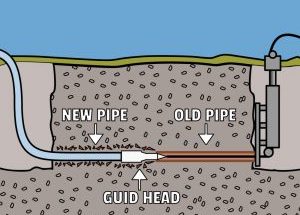Antennas are a primary example of wireless communication technologies nowadays, and ample proof of the level of technological development we currently have. Today’s antennas are very different from the very first prototypes that sat atop televisions – the class ‘rabbit-eared’ contraption most older individuals today are familiar with. The digital antenna today is not of any one shape or size; instead, it has developed into a number of different shapes and sizes so as to accommodate different needs. Given the fact that most homeowners would like to save up their money on cable connections and streaming services, it might be useful to invest in a good quality antenna. And as such, if you are wondering what antenna would best suit your needs, here is a quick guide:
Direction – one of the primary concerns with regards to antenna installation Wollongong installations is the direction. This basically decides whether the antenna can pick up signals from a single direction, two directions or many directions. A directional will only work if you make sure to position it in the right direction. To understand whether you need a directional or omnidirectional antenna, you should first find out from which directions can an antenna pick up broadcasting signals in your location. To do this, you can use a website related to your country’s broadcasting information, which can easily give you an idea through easily understandable diagrams.
UHF, VHF or both – another important point which differentiates antennas, and the cheapest TV antenna installation cost as well, is which kind of signals it can pick up. Broadcasting signals are of two varieties: the higher frequency UHF signals, and the lower frequency VHF signals. It is easy enough to decide to buy an antenna that supports both just in case, but the truth is that most models tend to be adept at capturing only one of these. As such, you are better off finding out which channels are broadcasted at what frequencies, and making your decision based on this knowledge.
Amplification – another point to consider is whether you ought to buy an antenna that comes with amplification capabilities or not. Generally, amplification technologies tend to be more important for homeowners who live far away from a transmission tower, and therefore have their antennas pick up only weak signals. An amplification device can increase the strength of the signal and improve reception. However, if you are interested in picking up channels that are at a greater distance from you, or want to improve the clarity of the closer channels, an amplification device can be a useful investment. Of course, keep in mind that they do not come cheap.


